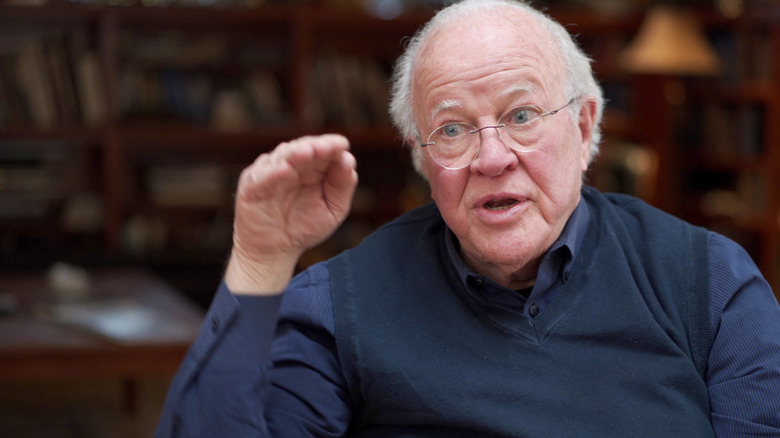Douglas Trumbull, Legendary Visual Effects Pioneer, Has Died At 79
Douglas Trumbull, director, visual effects wizard, and three-time Oscar nominee, has passed away at the age of 79. The legendary and immensely talented figure died last night, February 7, 2022, according to his daughter Amy, who wrote a heartfelt memoriam on her Facebook page in announcing Trumbull's death earlier today. As she mentions, his cause of death stems from cancer, a brain tumor, and a stroke. Her post reads in full:
"My dad, Doug Trumbull died last night after a major two year battle with cancer, a brain tumor and a stroke. He was an absolute genius and a wizard and his contributions to the film and special effects industry will live on for decades and beyond. He created the special visual effects for '2001: A Space Odyssey,' 'Close Encounters of the Third Kind,' 'Blade Runner,' 'Star Trek [The Motion Picture],' and 'The Tree of Life.' He directed 'Silent Running' and 'Brainstorm.'
My sister Andromeda and I got to see him on Saturday and tell him that he love him and we got to tell him to enjoy and embrace his journey into the Great Beyond. I love you Daddy, I sure will miss you!"
The three-time Oscar nominee leaves behind a lasting legacy as one of the most influential visual effects gurus to ever rise to prominence in the industry. According to THR, Trumbull was directly responsible for the trippy and spectacular sequence taking place "beyond the infinite" in "A Space Odyssey," helped create the famous cloud effects that hid the spaceship in "Close Encounters," and helped fully realize the opening sequence depicting the birth of the universe in "The Tree of Life" — all without the use of CGI, incredibly enough. The bulk of his contributions to film spanned from the 1960s to the 1980s, with his most recent work taking place after returning from three decades of retirement from Hollywood in order to help filmmaker Terrence Malick bring a classically old-school feel to "The Tree of Life." It's no exaggeration to say that the prolific artist served as a visionary in the fields of visual and special effects, creating a roadmap upon which countless artists in the decades since have relied to develop their own advancements.
A Visual Effects Pioneer
In many ways, Douglas Trumbull might as well have been born to change the face of visual effects in Hollywood. Born in Los Angeles, his father, Don, was a mechanical engineer and visual effects artist who helped create truly iconic imagery as seen in the 1939 classic "The Wizard of Oz," 1977's "Star Wars," and "Spaceballs," even going on to work on some of the same films that his son did, such as "Close Encounters of the Third Kind" and "Silent Running." Douglas Trumbull would ultimately earn three Academy Award nominations for his work on "Close Encounters" in 1977, "Star Trek: The Motion Picture" in 1979, and "Blade Runner" in 1982, a remarkable run of achievements that few people could ever hope to recreate in their own filmography. In 2012, Trumbull earned a well-deserved honorary Oscar at the Scientific and Technical Awards for being an "individual in the motion picture industry whose technological contributions have brought credit to the industry."
Trumbull also made no secret of his opinions that the industry needed to continue innovating through the years. In an extensive and eye-opening interview for the "Future of Storytelling" YouTube channel (which you can also watch above), Trumbull dove deep into this very topic only a few short years ago. In another interview with THR in 2012, he similarly described his perspective on the state of the current industry, explaining how, "I think it's been disturbed by the fact that a lot of people bought into computer graphics as the solution to all of their problems. We've gotten into this period right now where in spite of the artistry and the magic of all of the people in this room, visual effects from a producer and studio standpoint has become a commodity."
Even in Trumbull's later years, the tireless artist never stopped dreaming of ways to keep pushing visual effects to an even higher level, extolling the virtues of high framerates and 3D that naturally put him on a similar level as figures like James Cameron or Peter Jackson ... though, at the same time, he aimed even higher than them, which arguably sums up his life's work better than any award ever could. Rest in peace.
